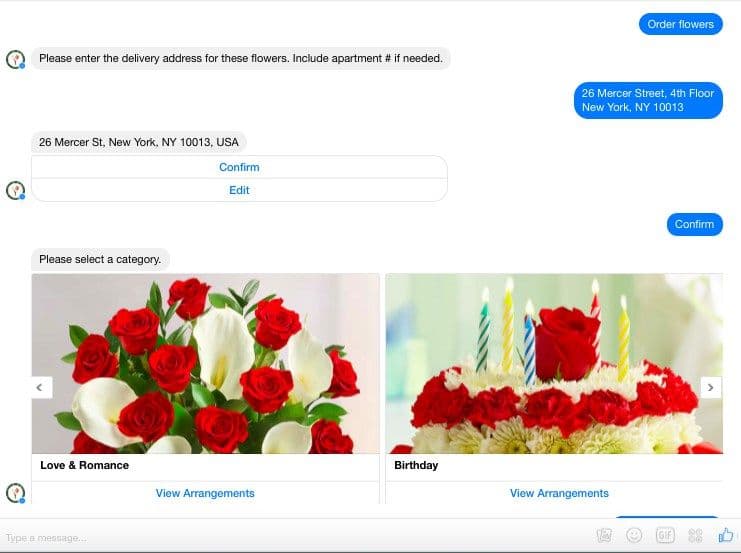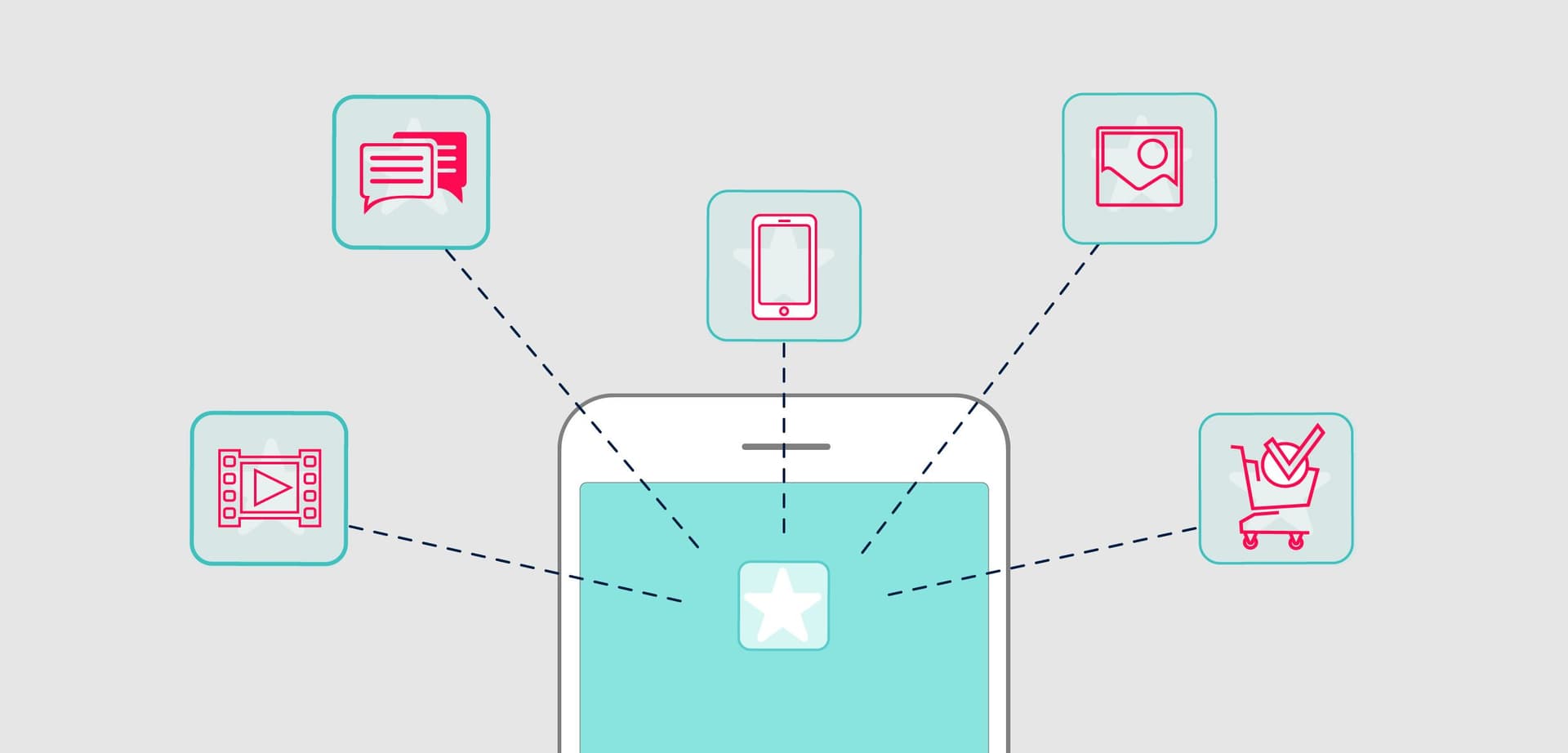Don’t Put All Your Eggs in One Platform
Published on February 08, 2017/Last edited on February 08, 2017/6 min read


Team Braze
If you’ve ever spoken to a financial advisor, you’ve probably been given the advice to “diversify your portfolio.” The tip is simple: don’t put all your money in one stock—because if that stock fails, you lose all your money. Instead, you should spread your money around to decrease the risk of losing everything.
This piece of financial advice can also be applied to your marketing plan. Marketers have long had a variety of marketing channels to choose from—whether we’re talking direct mail, TV and radio advertising, web banner ads, or mobile push notifications. The trick has always been finding the blend of channels that will help you reach your goals. That’s become more challenging as the number of digital platforms that marketers can leverage has grown.
The big question is, how do you make effective use the different platforms out there without jeopardizing brand’s long-term growth and stability?
Why Marketers Need Platforms
A platform is a technology that other companies can connect to and build a presence on top of. As the digital landscape continues to mature, we’re seeing more companies evolve into platforms. Two notable examples of companies that didn’t start out as platforms but iterated into platforms are Facebook’s Facebook Messenger and Slack.
Ultimately, platforms are useful to marketers is the same reason you don’t dig a hole in your backyard to go fishing: it’s smarter to go where the fish are. Instead of having to build an audience from nothing, the platform economy makes it possible for marketers to tap into an existing (often massive) audience. That doesn’t just save you time—it can also increase your reach in a short amount of time.
One company that’s done an impressive job using emerging platforms to increase their reach? 1-800-Flowers. The age of the 1-800 number continues to move further in the rearview mirror. People buy online. Customer service is generally handled online.

1-800-Flowers’ Facebook Messenger Chatbot (Source: Digiday)
To stay ahead of the curve, 1-800-Flowers launched one of the first chatbots on Facebook Messenger, allowing potential customers to buy flowers directly from Facebook Messenger. According to 1-800-Flowers President, Chris McCann, about 70 percent of the orders from Messenger were from new, younger customers. McCann noted that “they [young, early adopters] are already using the Messenger platform, so it’s been easy to engage them. They’re able to place an order in a minute; it gives them that fluidity.”
1-800-Flowers is a perfect example of how marketers can tap into a platform’s existing audience to achieve great marketing results. But like everything else in life, there are two sides to every story. The platform economy is not without its dangers.
Why Platforms Present Risk to Marketers
About.com’s CEO, Neil Vogel, perfectly describes the central risk of platform marketing in a single quote. “If you build a business on somebody else’s platform, ultimately they don’t have your best interests at heart; they have their best interests at heart.”
The biggest drawback of a platform is that you don’t own it. You have no control. You are at the mercy of the platform. As Vogel notes, platforms have their best interest in mind, not yours. Which is why diversification is crucial to marketers.
Case in point, there were thousands businesses who thought that building a following on Facebook was vital to their online marketing success. A few years ago, a marketer could organically build a base of loyal Facebook fans and connect with them via compelling and well-timed content. But as the Facebook platform matured after its IPO, the focus of Facebook shifted to making money. Facebook still wanted social media marketers to use their platform, only now they wanted them to pay. Facebook throttled organic reach on fan page posts, forcing marketers to pay to reach the fans they had worked tirelessly to obtain.
Businesses were now faced with the reality that the platform they had spent so much time on was no longer as valuable to them. For those companies that only did Facebook marketing, they either had to find new budget for ads, or re-establish themselves on different marketing channels. That’s not a situation you want to find yourself in.
How Should Marketers Approach Platforms?

Just like your financial portfolio, the best thing marketers can do is diversify. Smart marketers can improve growth, while minimizing risk on the latest and greatest platform by diversifying their marketing channels.
There will always be a new tool or channel to connect with your target audience. It’s up to you as a marketer to assess opportunity and manage risk. That is why any sound marketing plan is going to have a mix of marketing initiatives on third-party platforms, as well as owned channels like a website or app.
Make sure your marketing plan has a few core staples. One owned channel could be a website that uses web messaging to drive engagement. Another could be a mobile app that uses push notifications and in-app outreach to engage and retain users. These are channels that you own and control. You can count on them month in and month out.
Once you’ve established your core marketing channels, then you can expand into third-party platforms and complement your core channels. Take calculated risks with a chatbot on Kik or voice search with Amazon Alexa or a virtual reality app. Experiment and A/B test until you find a channel and a strategy that works. Then you can allocate more time and resources into the platforms that drive real results for your brand.
The platform economy is here to stay, and we’re only going to see more companies make a play to become a platform in the coming years. As marketers’ are presented with more platform options, it’s important to consciously balance your team’s marketing plan. Be careful not to put too much of your time into a single platform—and create a tactical plan mixes owned marketing channels with the built in audience of various platforms. The time to figure out your strategy is now.
Anything else?
If you’re looking to dig deeper into what the platform economy is and how to use it to support your marketing efforts, check out our platform economy overview.
Be Absolutely Engaging.™
Sign up for regular updates from Braze.
Related Content
View the Blog
The new inbox reality: How iOS changes are reshaping email marketing

Aparna Prasad

Experience optimization: Turning data insights into better journeys

Team Braze

December 2025 Bonfire Marketer of the Month: Jagex’s Emma Oliver
